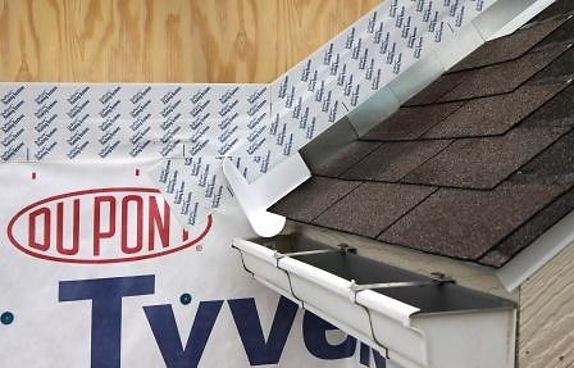
Roofing
Sealing Structural Penetrations
Structural penetrations occur wherever a roof encounters a wall; these include dormers and framed chimneys. Sealing around structural penetrations can help prevent water from infiltrating these vulnerable areas. This is accomplished with a combination of step flashing and self-adhesive bituminous membrane.
The roof is the house's primary defense against water intrusion from rain, snow, and ice. It must be designed and constructed to shed water effectively through all seasons, including extreme weather events. Water that leaks into the house through the roof can quickly damage insulation, create conditions for mold growth and pest invasion, and even lead to structural rot. The intersections where a roof meets a wall and structural penetrations are among the most vulnerable areas for water intrusion.
The underlayment should be installed so it laps up the vertical wall at least 8 inches. Alternatively, you can install the underlayment to the vertical wall and install self-adhesive membrane over the underlayment and up the wall at least 8 inches.
Next, step flashing and kick-out flashing should be installed and secured.
Self-adhesive membrane material should be applied directly over the vertical rise of the step flashing and up the side of the penetration.
Follow these steps with WRB and roofing material.